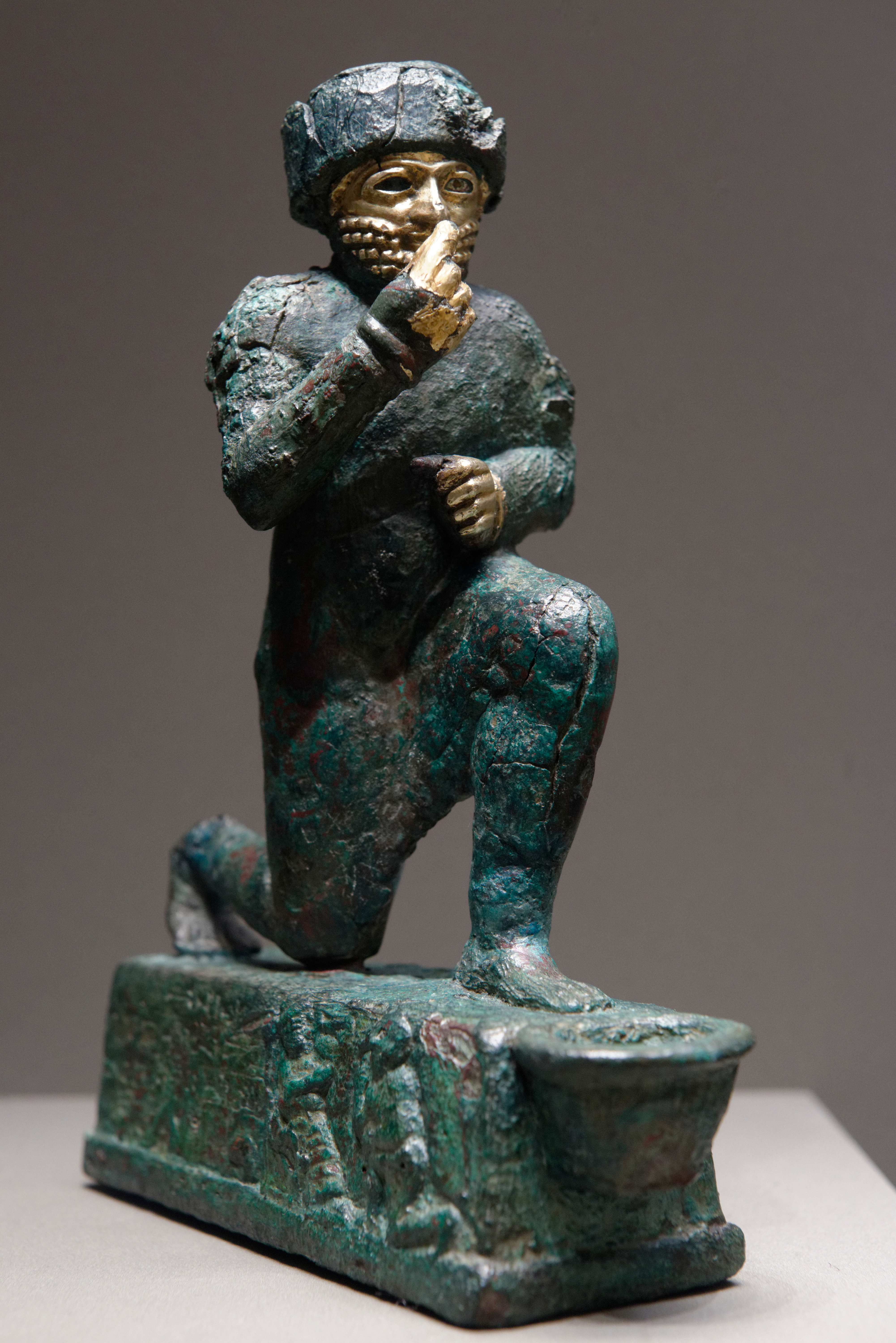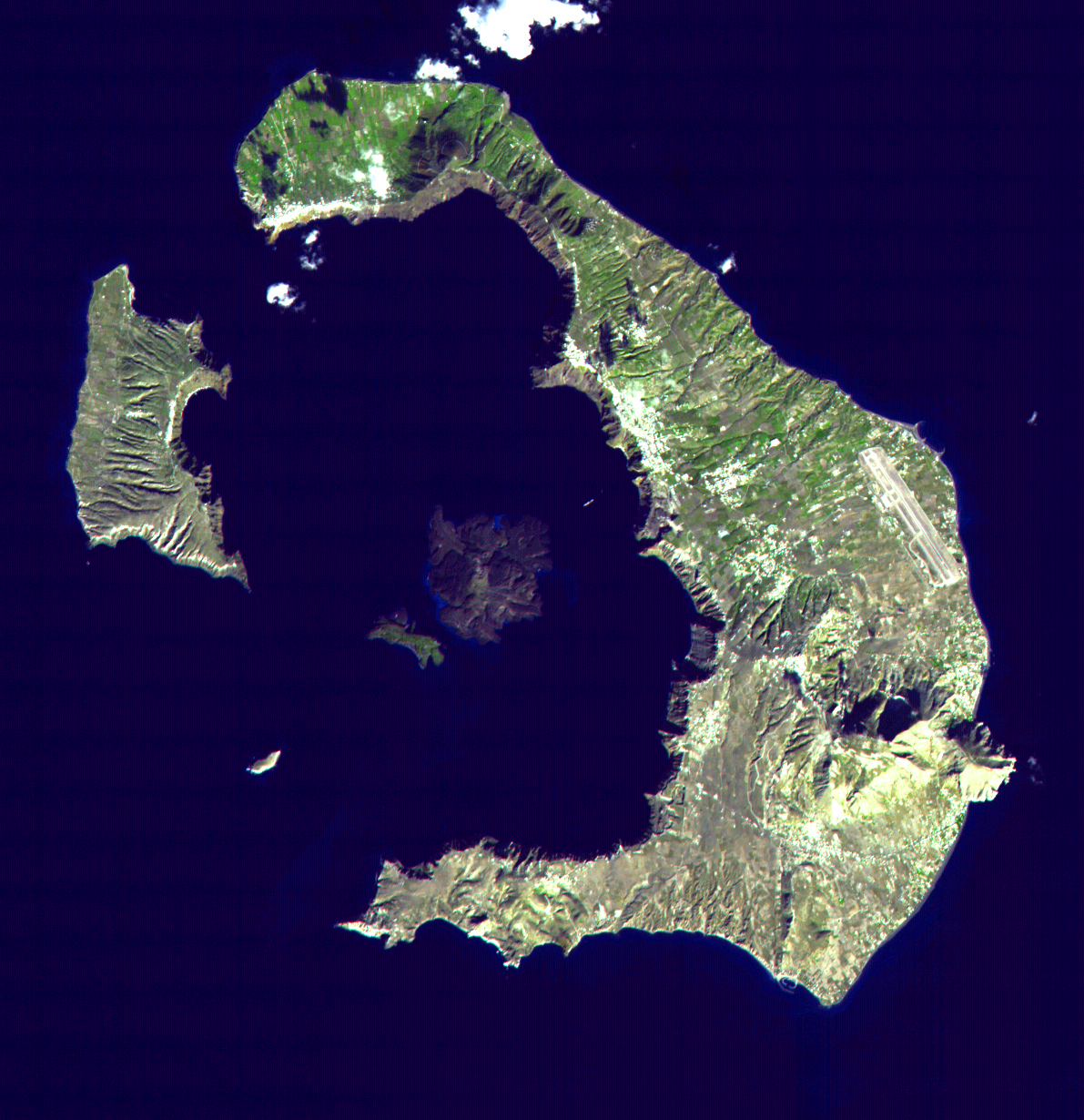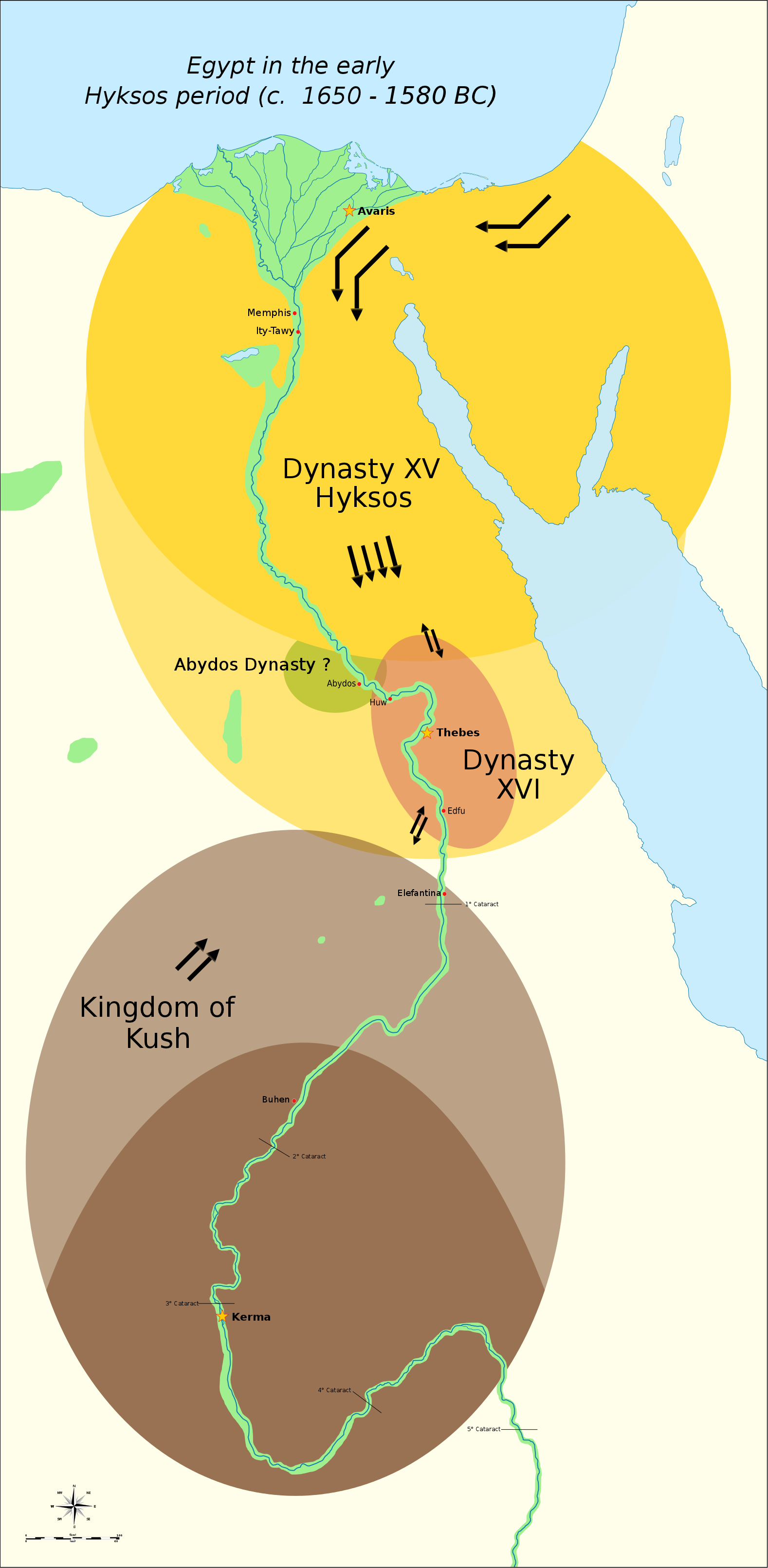|
Zabaia
Zabaia (or Zabaya) ruled the ancient Near East city-state of Larsa from 1941 BC to 1932 BC ( MC). He was an Amorite and the son of Samium. A brick inscription found at Larsa reads, "Zabaya, Chief of the Amorites, son of Samium, re-built the Ebabbar" (Zabaya rabian Amurri mar Samium Ebabbara ipus). The E-babbar is a temple of the god Shamash. An alternate reading is the he "built" the Ebabbar". This is the only known textual mention of Samium outside the Larsa King List. A damaged clay cone found at Mashkan-shapir carries a similar text. Larsa ruler Abisare also used the "Chief of the Amorites" title.Jahn, Brit, "The Migration and Sedentarization of the Amorites from the Point of View of the Settled Babylonian Population", Representations of Political Power: Case Histories from Times of Change and Dissolving Order in the Ancient Near East, edited by Marlies Heinz and Marian H. Feldman, University Park, USA: Penn State University Press, pp. 193-210, 2007 See also *Chronology of t ... [...More Info...] [...Related Items...] OR: [Wikipedia] [Google] [Baidu] |
Larsa
Larsa (, read ''Larsamki''), also referred to as Larancha/Laranchon (Gk. Λαραγχων) by Berossus, Berossos and connected with the biblical Arioch, Ellasar, was an important city-state of ancient Sumer, the center of the Cult (religious practice), cult of the sun god Utu with his temple E-babbar. It lies some southeast of Uruk in Iraq's Dhi Qar Governorate, near the east bank of the Shatt-en-Nil canal at the site of the modern settlement Tell as-Senkereh or Sankarah. Larsa is thought to be the source of a number of tablets involving Babylonian mathematics, including the Plimpton 322 tablet that contains patterns of Pythagorean triples. History Larsa is found (as UD.UNUG) on Proto-cuneiform lexical lists from the Uruk 4 period (late 4th millennium BC). A few Proto-cuneiform tablets were also found there. Three Neolithic clay tokens, from a slightly early period, were also found at Larsa. For most of its history Larsa was primarily a cult site for the god Utu. In the early p ... [...More Info...] [...Related Items...] OR: [Wikipedia] [Google] [Baidu] |
Samium
Samium ruled the ancient Near Eastern city-state of Larsa from 1976 BC to 1941 BC ( MC). He was an Amorite.E.M. Grice, C.E. Keiser, M. Jastrow, ''Chronology of the Larsa Dynasty'', AMS Press, 1979, He had a son called Zabaia. See also *Chronology of the ancient Near East The chronology of the ancient Near East is a framework of dates for various events, rulers and dynasties. Historical inscriptions and texts customarily record events in terms of a succession of officials or rulers: "in the year X of king Y". Com ... Notes External links Amorite kings 20th-century BC Sumerian kings 19th-century BC Sumerian kings 19th-century BC deaths Year of birth unknown Kings of Larsa {{AncientNearEast-bio-stub ... [...More Info...] [...Related Items...] OR: [Wikipedia] [Google] [Baidu] |
Shamash
Shamash (Akkadian language, Akkadian: ''šamaš''), also known as Utu (Sumerian language, Sumerian: dutu "Sun") was the List of Mesopotamian deities, ancient Mesopotamian Solar deity, sun god. He was believed to see everything that happened in the world every day, and was therefore responsible for justice and protection of travelers. As a divine judge, he could be associated with the Ancient Mesopotamian underworld, underworld. Additionally, he could serve as the god of divination, typically alongside the weather god Adad. While he was universally regarded as one of the primary gods, he was particularly venerated in Sippar and Larsa. The Moon God, moon god Nanna (Sumerian deity), Nanna (Sin) and his wife Ningal were regarded as his parents, while his twin sister was Inanna (Ishtar). Occasionally other goddesses, such as Manzat (goddess), Manzat and Pinikir, could be regarded as his sisters too. The dawn goddess Aya (goddess), Aya (Sherida) was his wife, and multiple texts describe ... [...More Info...] [...Related Items...] OR: [Wikipedia] [Google] [Baidu] |
Mashkan-shapir
Mashkan-shapir (Maškan-šāpir) (modern Tell Abu Duwari, Al Qadisyah Governorate, Iraq) was an ancient '' tell'' roughly north of Nippur and around southeast of Baghdad. The city god of Mashkan-shapir was Nergal and a temple named Meslam dedicated to him was built there. It is about 20 kilometers south of ancient Malgium. The remnants of a large watercourse, thought to be an ancient bed of the Tigris or Euphrates, pass close to the city. History Chalcolithic Though occupied during the Ubaid period (based on clay sickle fragments) and Uruk period (based on pottery fragments). Early Bronze Age Akkadian period The town's first epigraphic appearance was during the Akkadian period in a in reference to an escaped slave. Ur III period It was known during the Ur III period as a location for royal shepherds. A brick of Amar-Sin was also found at the site. Middle Bronze Age Larsa period Mashkan-shapir achieved prominence during the Old Babylonian period. This time of occupation is ... [...More Info...] [...Related Items...] OR: [Wikipedia] [Google] [Baidu] |
List Of Mesopotamian Dynasties
The history of Mesopotamia extends from the Lower Paleolithic period until the establishment of the Caliphate in the late 7th century AD, after which the region came to be known as History of Iraq, Iraq. This list covers dynasties and monarchs of Mesopotamia up until the fall of the Neo-Babylonian Empire in 539 BC, after which native Mesopotamian monarchs never again ruled the region. The earliest records of writing are known from the Uruk period (or "Protoliterate period") in the 4th millennium BC, with documentation of actual historical events, and the ancient history of the region, being known from the middle of the third millennium BC onwards, alongside cuneiform records written by early kings. This period, known as the Early Dynastic Period (Mesopotamia), Early Dynastic Period, is typically subdivided into three: 2900–2750 BC (ED I), 2750–2600 BC (ED II) and 2600–2350 BC (ED III), and was followed by Akkadian Empire, Akkadian (~2350–2100 BC) and Third Dynasty of Ur, Ne ... [...More Info...] [...Related Items...] OR: [Wikipedia] [Google] [Baidu] |
Ancient Near East
The ancient Near East was home to many cradles of civilization, spanning Mesopotamia, Egypt, Iran (or Persia), Anatolia and the Armenian highlands, the Levant, and the Arabian Peninsula. As such, the fields of ancient Near East studies and Near Eastern archaeology are one of the most prominent with regard to research in the realm of ancient history. Historically, the Near East denoted an area roughly encompassing the centre of West Asia, having been focused on the lands between Greece and Egypt in the west and Iran in the east. It therefore largely corresponds with the modern-day geopolitical concept of the Middle East. The history of the ancient Near East begins with the rise of Sumer in the 4th millennium BC, though the date that it ends is a subject of debate among scholars; the term covers the region's developments in the Bronze Age and the Iron Age, and is variously considered to end with either the establishment of the Achaemenid Empire in the 6th century BC, the establi ... [...More Info...] [...Related Items...] OR: [Wikipedia] [Google] [Baidu] |
Middle Chronology
The chronology of the ancient Near East is a framework of dates for various events, rulers and dynasties. Historical inscriptions and texts customarily record events in terms of a succession of officials or rulers: "in the year X of king Y". Comparing many records pieces together a relative chronology relating dates in cities over a wide area. For the 3rd and 2nd millennia BC, this correlation is less certain but the following periods can be distinguished: * Early Bronze Age: Following the rise of cuneiform writing in the preceding Uruk period and Jemdet Nasr periods came a series of rulers and dynasties whose existence is based mostly on scant contemporary sources (e.g. En-me-barage-si), combined with archaeological cultures, some of which are considered problematic (e.g. Early Dynastic II). The lack of dendrochronology, astronomical correlations, and sparsity of modern, well-stratified sequences of radiocarbon dates from Southern Mesopotamia makes it difficult to assign a ... [...More Info...] [...Related Items...] OR: [Wikipedia] [Google] [Baidu] |
Amorite
The Amorites () were an ancient Northwest Semitic-speaking Bronze Age people from the Levant. Initially appearing in Sumerian records c. 2500 BC, they expanded and ruled most of the Levant, Mesopotamia and parts of Egypt from the 21st century BC to the late 17th century BC. The Amorites established several prominent city-states in various locations, such as Isin, Kurda, Larsa, Mari, and Ebla, and later founded Babylon and the Old Babylonian Empire. They also founded the Fourteenth Dynasty of Egypt during the fragmented era of the Second Intermediate Period in the Nile Delta, which was characterized by rulers bearing Amorite names such as Yakbim Sekhaenre, and were likely part of the later Hyksos. The term in Akkadian and Sumerian texts refers to the Amorites, their principal deity, and an Amorite kingdom. The Amorites are mentioned in the Hebrew Bible as inhabitants of Canaan both before and after the conquest of the land under Joshua.van Seters, John, "The Terms 'Amori ... [...More Info...] [...Related Items...] OR: [Wikipedia] [Google] [Baidu] |
Journal Of Cuneiform Studies
The ''Journal of Cuneiform Studies'' was founded in 1947 by the Baghdad School of the American Schools of Oriental Research. The journal presents articles about ancient Mesopotamian language and history in English language, English, French language, French and German language, German. External links titles of articles in back issues of the ''Journal of Cuneiform Studies'' Religious studies journals, Cuneiform Studies Cuneiform Ancient Near East journals Annual journals Academic journals established in 1947 Multilingual journals {{Cuneiform-stub ... [...More Info...] [...Related Items...] OR: [Wikipedia] [Google] [Baidu] |
Abisare
Abisare ruled the ancient Near East city-state of Larsa from 1905 BC to 1894 BC ( MC). He was an Amorite. The annals of his 11-year reign record that he smote the city of Isin in his 9th regnal year. arsa Year Names, Marcel Segrist, Andrews University Press, 1990, See also * *List of Mesopotamian dynasties
The history of Mesopotamia extends from the Lower Paleolithic period until the establishment of the Caliphate in the late 7t ...
[...More Info...] [...Related Items...] OR: [Wikipedia] [Google] [Baidu] |
Chronology Of The Ancient Near East
The chronology of the ancient Near East is a framework of dates for various events, rulers and dynasties. Historical inscriptions and texts customarily record events in terms of a succession of officials or rulers: "in the year X of king Y". Comparing many records pieces together a relative chronology relating dates in cities over a wide area. For the 3rd and 2nd millennia BC, this correlation is less certain but the following periods can be distinguished: *Early Bronze Age: Following the rise of cuneiform writing in the preceding Uruk period and Jemdet Nasr periods came a series of rulers and dynasties whose existence is based mostly on scant contemporary sources (e.g. En-me-barage-si), combined with archaeological cultures, some of which are considered problematic (e.g. Early Dynastic II). The lack of dendrochronology, astronomical correlations, and sparsity of modern, well-stratified sequences of radiocarbon dates from Southern Mesopotamia makes it difficult to assign abs ... [...More Info...] [...Related Items...] OR: [Wikipedia] [Google] [Baidu] |
Amorite Kings
The Amorites () were an ancient Northwest Semitic-speaking Bronze Age people from the Levant. Initially appearing in Sumerian records c. 2500 BC, they expanded and ruled most of the Levant, Mesopotamia and parts of Egypt from the 21st century BC to the late 17th century BC. The Amorites established several prominent city-states in various locations, such as Isin, Kurda, Larsa, Mari, and Ebla, and later founded Babylon and the Old Babylonian Empire. They also founded the Fourteenth Dynasty of Egypt during the fragmented era of the Second Intermediate Period in the Nile Delta, which was characterized by rulers bearing Amorite names such as Yakbim Sekhaenre, and were likely part of the later Hyksos. The term in Akkadian and Sumerian texts refers to the Amorites, their principal deity, and an Amorite kingdom. The Amorites are mentioned in the Hebrew Bible as inhabitants of Canaan both before and after the conquest of the land under Joshua.van Seters, John, "The Terms 'Am ... [...More Info...] [...Related Items...] OR: [Wikipedia] [Google] [Baidu] |






